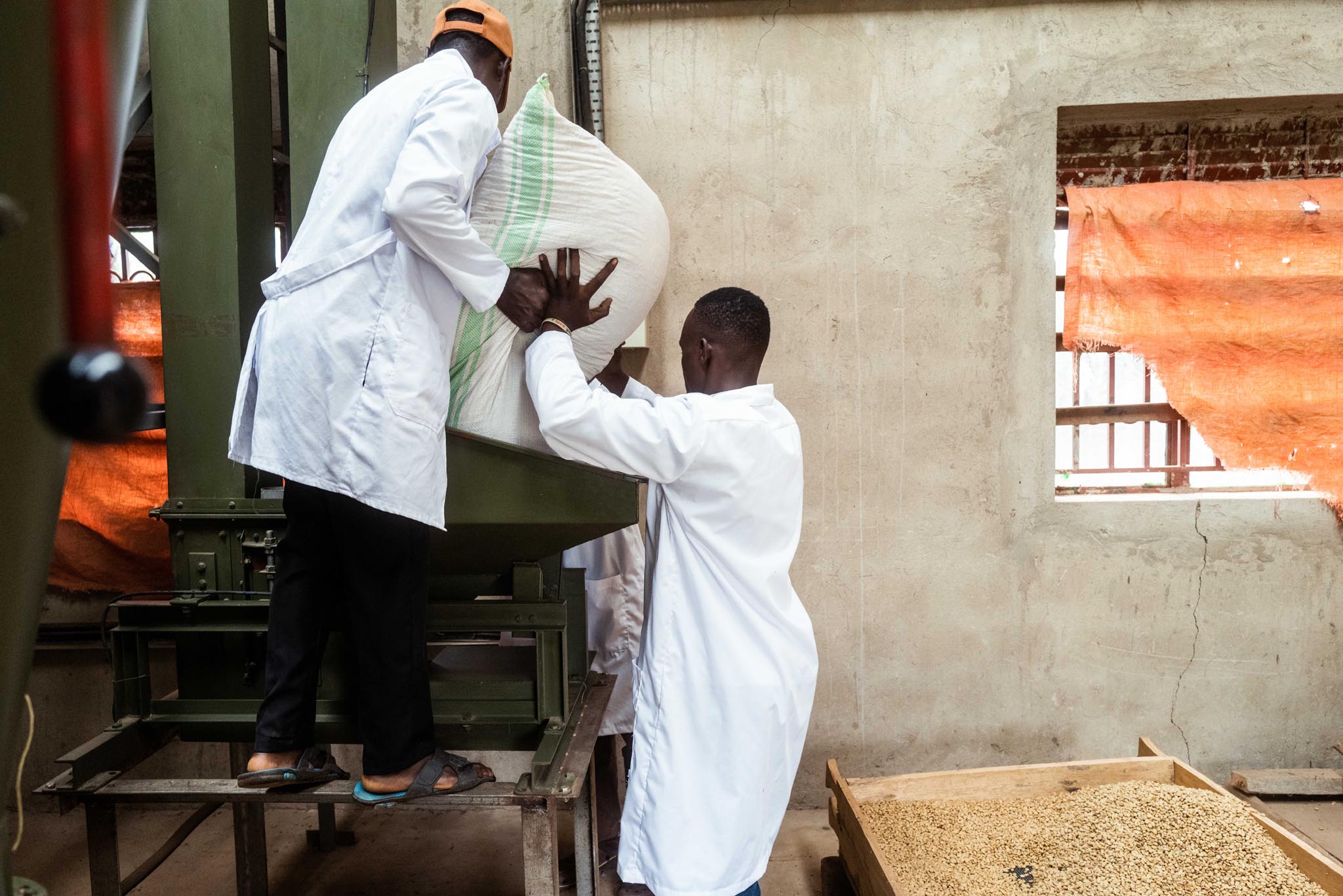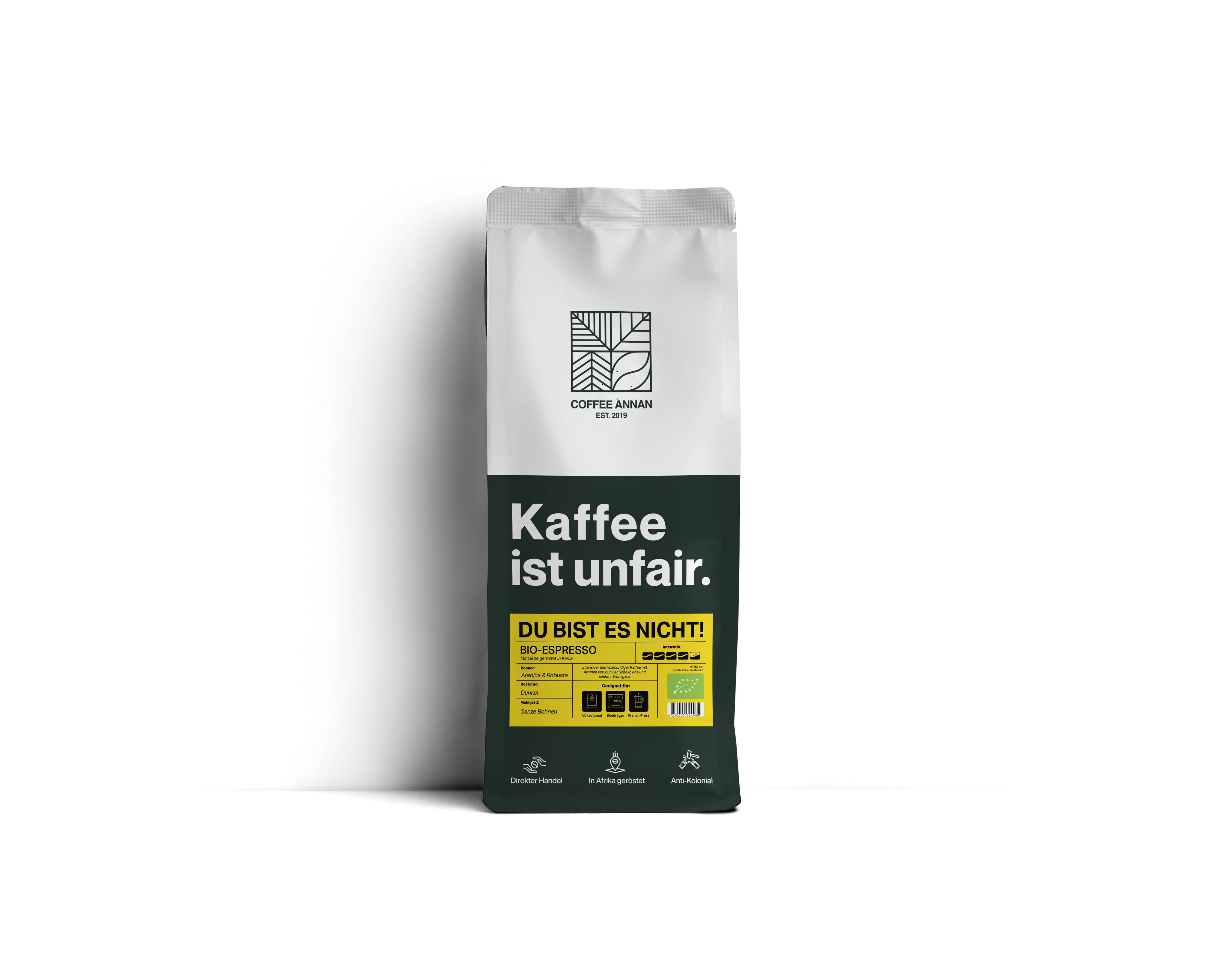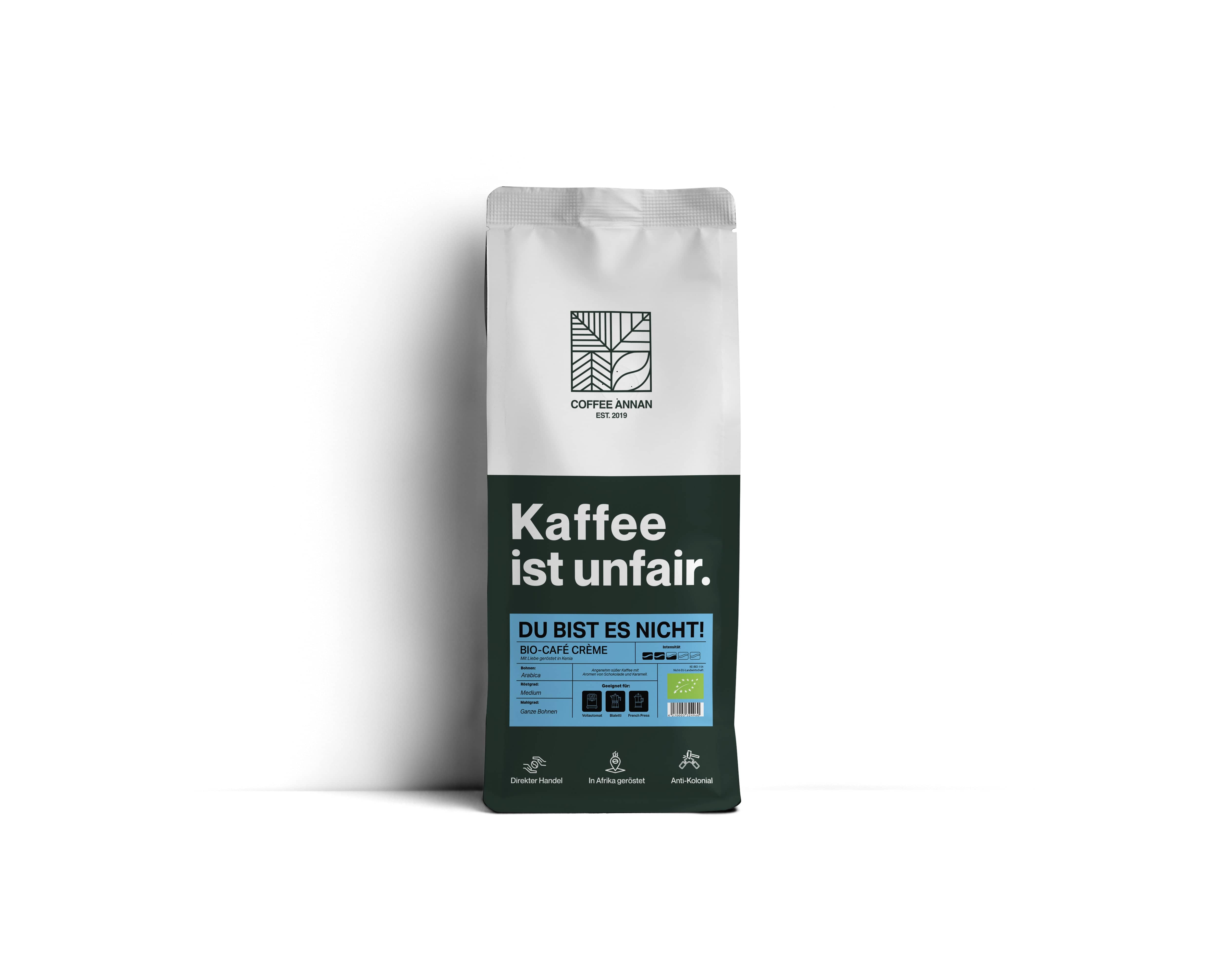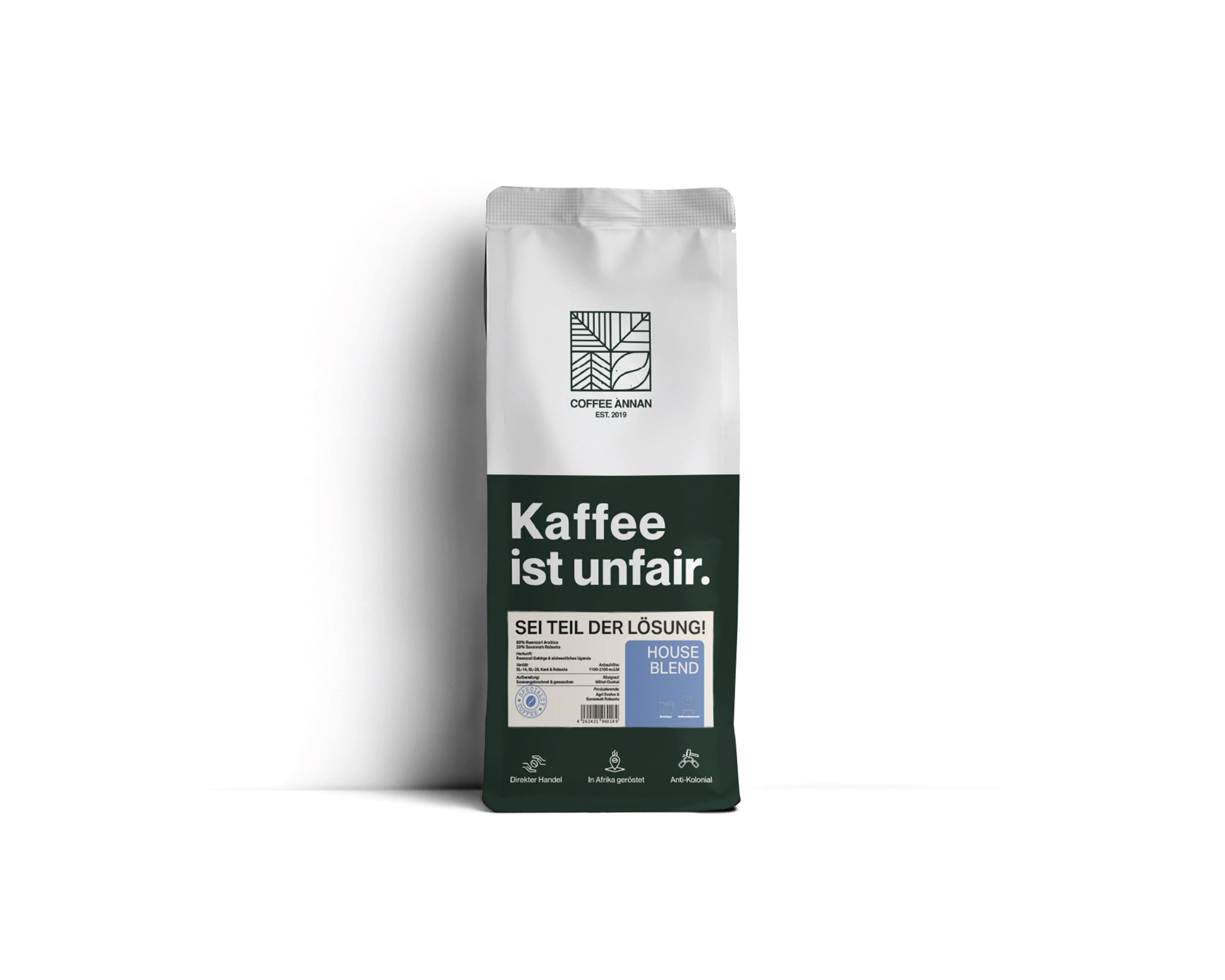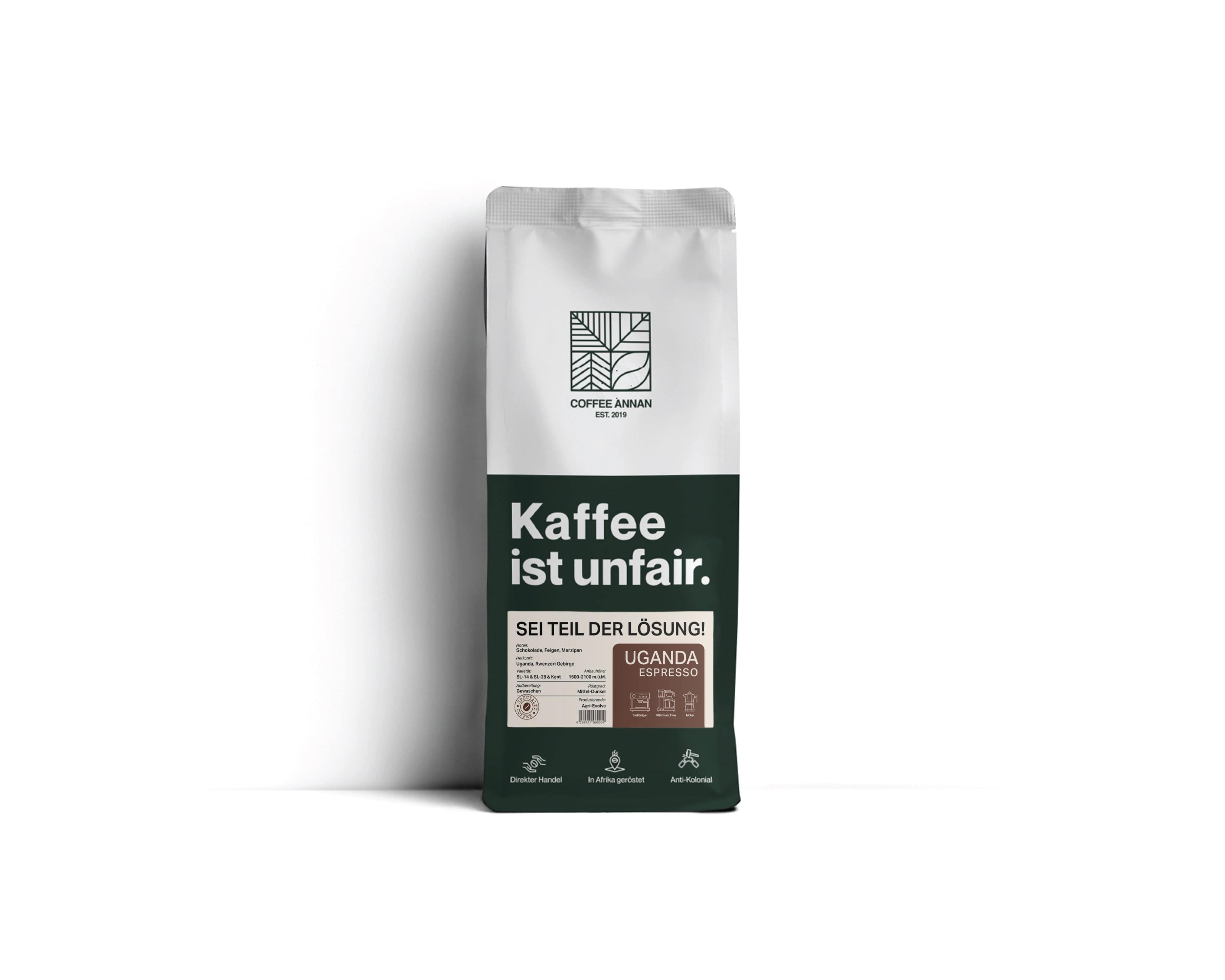Coffee taste profiles: origin, aromas & influencing factors
Introduction – Why does coffee taste so different?
Coffee has long been more than just a pick-me-up. With its infinite spectrum of aromas, it opens up a world of nuances – from fruity and floral to chocolatey and nutty or spicy and earthy. But what is behind the fact that every coffee tastes different?
From the growing region to the processing and roasting to the preparation: Many factors come together to determine which flavors end up in your cup. In this article, we delve deeper and show you how, with a little background knowledge and the right beans, you can experience true flavor explosions.
Origin and terroir – The origin shapes the coffee taste
The foundation for coffee's flavor profile is laid in the growing region. Just as with wine, climate, soil composition, altitude, and the genetic diversity of the coffee plants (varieties) influence the character of each bean.
Typical flavors by origin
| Country of origin | Typical flavors |
|---|---|
| Ethiopia | Floral notes, jasmine, bergamot, citrus |
| Brazil | Chocolate, hazelnut, malty-sweet nuances |
| Colombia | Red berries, caramel, balanced |
| Kenya | Blackcurrant, fruity acidity |
| Congo | Spicy, berry nuances, full-bodied |
| Uganda | Strong, earthy, partly nutty with subtle sweetness |
Why “terroir”?
The term comes from viticulture and encompasses all environmental factors that influence flavor. The same principle applies to coffee: The combination of soil, climate, and altitude determines how the plant thrives and which flavors develop.
Processing – How processing changes the taste of coffee
After the coffee cherries are harvested, the processing determines which aromas are preserved or enhanced in the bean. The pulp and other layers are removed in various ways.
| Processing | Typical for… | The taste |
|---|---|---|
| Washed (wet) | Kenya, Colombia | Clear, complex, acidic |
| Natural (dry) | Ethiopia, Brazil | Sweet, fruity, sometimes funky |
| Honey | Central America | Creamy, harmonious, mild sweetness |
What happens during processing?
• Washed : Beans are quickly washed and pulp removed. This brings out the purity of the bean, emphasizing acidity and clarity.
• Natural : The cherries are dried whole, so the pulp can give the beans more sweetness and sometimes exotic fruit notes.
• Honey : Half washed, half natural. The pulp is partially removed. The beans absorb some of the sweetness while retaining their clarity.
Coffee plant varieties – The genetic diversity in taste
The genetic makeup of the plant, i.e. the coffee bean variety, also influences the taste experience. In general, a distinction is made between:
• Arabica : Complex, fine acidity, multi-layered aromas (flowers, fruits, chocolate, nuts, etc.).
• Robusta : Earthy, strong body, higher caffeine content, often more bitter notes.
Well-known Arabica varieties
| variety | Origin | Typical flavors |
|---|---|---|
| bourbon | Central/South America, East Africa | Sweet, caramelly, rounded acidity |
| SL28/34 | Kenya | Pronounced acidity, berry-fruity |
| Geisha | Panama, Ethiopia | Floral, jasmine, very complex |
Roasting – The finishing touch for aromas and body
Roasting is like the final brushstroke of a painting: it turns the green coffee into a true taste highlight – or not.
| Roasting level | Flavors | Who is it suitable for? |
|---|---|---|
| Light Roast | Emphasizing fruity, floral notes, higher acidity | Perfect for filter lovers looking for complex nuances |
| Medium Roast | Balanced sweetness, nut and chocolate flavors |
Ideal for all-round coffee drinkers (filter & espresso) |
| Dark Roast | Roasted aromas, bitter nuances, strong body | For espresso fans who like it intense and spicy |
Our tip: Pay attention to the roast profile when choosing specialty coffee . A roast that's too dark can mask many of the original flavors. Light to medium roasts will reveal the bean's true character.
Preparation – Why the same coffee can taste different
Whether filter coffee, espresso or cold brew – the preparation has a huge influence on the end result.
• Filter (e.g. V60, Chemex) : Clear, balanced aromas, often fruity notes highlighted.
• French Press : Full-bodied, more intense mouthfeel (more oils reach the cup).
• Espresso : Concentrated, high pressure, strong body.
• Cold Brew : Longer extraction with cold water → less acidity, very mild and sweet taste.
Even with the same coffee, you can discover completely different nuances depending on the brewing method, grind size, and water temperature. It's worth experimenting!
Excursion: The SCA Flavor Wheel – Your Sensory Map
The Specialty Coffee Association (SCA) has developed a world-renowned Flavor Wheel to help you identify and name flavors. You can view it here . It divides coffee flavors into categories such as fruity, floral, nutty, spicy, and other flavors, helping you describe what you taste.
Coffee Annan Cupping Profiles – A Look Behind the Scenes
At Coffee Annan, we place particular emphasis on sustainability, transparency, and the highest quality . Our coffees come from select regions where we work closely with the farms. The following selected cupping profiles show you how our coffees are evaluated sensorially – from sweetness and acidity to overall impression.
1. Kenya Specialty Coffee (Filter Roast) – Average Score 86.25

• Aroma : Intensely fruity with hints of dark berries (currant)
• Taste : Clear, strong acidity, light floral notes
• Aftertaste : Pleasantly lively, persistent fruity
• Body : Medium, but very balanced
• Balance / Clean Cup : Excellent clean, hardly any bitterness
• Suitable for : hand filter (V60, Chemex) or classic filter machine
→ Buy Kenya Filter Specialty Coffee
2. Kongo Specialty Coffee (Filter Roast) – Average Score 86.00

• Aroma : Spicy, berry nuances, slight sweetness
• Taste : Soft, round acidity, complex fruit notes
• Aftertaste : Long-lasting, gentle sweetness lingers in the mouth
• Body : Full-bodied, rich mouthfeeling
• Balance / Clean Cup : Very harmonious, ideal for moments of pleasure
• Suitable for : Filter methods or Aeropress
→ Buy Congo Filter Specialty Coffee
3. Uganda Specialty Coffee (Espresso Roast) – Average Score 85.75

• Aroma : Strong, light chocolate and nutty notes
• Taste : Balanced, pleasantly spicy, subtle sweetness
• Aftertaste : Long-lasting, light roasted notes, yet clear
• Body : Full and velvety, typical espresso
• Balance / Clean Cup : Clean, full intensity without over-roasting
• Suitable for : portafilter, fully automatic or stovetop coffee machine (Moka)
→ Buy Uganda Espresso Specialty Coffee
Discover flavor profiles – Which bean suits you?
Wondering which coffee best suits your taste? Here's a quick guide:
| Flavor profile | Recommended regions / coffees |
|---|---|
| Fruity & floral | Kenya (high, clear acidity), Ethiopia |
| Spicy & berry | Congo (profound, partly very balanced) |
| Strong & spicy | Uganda (especially as espresso, Brazil |
| Nutty & chocolatey | Brazil, Uganda can have nutty notes |
| Sweet & caramelly | Central America (Honey method), Colombia |
Each roast has its own character – you can also use our sample packs to compare different regions and find your personal favorite.
FAQ – Frequently asked questions about coffee taste
1. What factors most influence the taste of coffee?
The five main factors are: origin (terroir), variety, processing, roasting, and preparation method. Each step leaves a "trail of aroma" that is reflected in your cup.
2. What is the difference between washed and natural coffee?
• Washed means that the pulp is quickly removed and the bean is washed. The result: clear flavors, often with more acidity.
• Natural dries the cherry whole, resulting in more sweetness and often fruity notes.
3. How do I know if I like a coffee without tasting it first?
We recommend taking a look at the cupping profile and the flavor description . Look for terms like "fruit," "acidity," "sweetness," "body," or "roasted flavors." This will provide some good clues.
4. Which type of coffee is suitable for espresso and which for filter?
Basically, you can try anything, but light to medium roasts are often ideal for filter coffee (fruity, complex). Darker roasts emphasize body and roasted aromas, which are well-suited for espresso. Our Uganda Espresso Roast is a good example.
5. Where can I find more information about the SCA Flavor Wheel?
The Specialty Coffee Association's Flavor Wheel helps you identify flavors. You can find it right here on the SCA's official website.
Conclusion – consciously discover coffee diversity
Coffee is a fascinating journey through flavors and stories. Whether you're looking for fruity and floral notes from Kenya or bold, spicy espressos from Uganda – the more you know about its origins, processing, and roasting, the more intense your experience will be.
Our tip: Dare to compare! Try different regions and roasts – and take your time to enjoy. Who knows, you might just discover your new favorite coffee from a country you hadn't yet discovered.
If you are curious, then take a look at our shop:
Discover all Coffee Annan coffees
We hope you enjoy discovering your personal favorite bean – and of course, enjoy your coffee !







